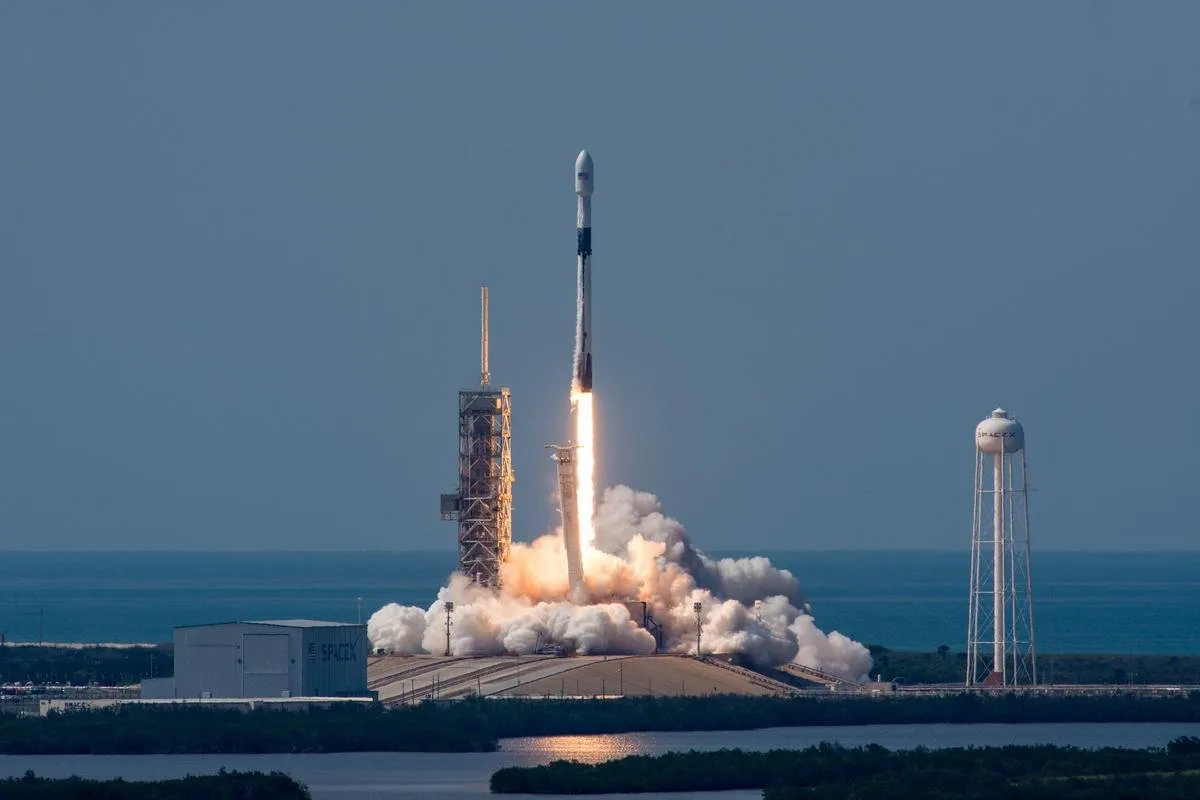Moonshot Review
.......................................................................................................
Started off with Solid-Propellant Rocket, a classic rocket invented by Chinese, many centuries later a rocket powered by liquid fuel finally took place. In 1926, American Engineer Robert Hutchings Goddard become the first person to created, tested, and launched a liquid-propellant rocket.
Sometime liquid rocket is more preferable than other types of rockets, It offers higher fuel consumption efficiency capable of creating effective forward thrust, Gaining altitude, velocity and distance more easily and throttle-able engine that is able to shutdown and restart in any moment. But there's a catch, Liquid rocket is a very complex machine, It consists of many complex parts and those parts are very likely to fail or error. Some fuels that rockets use are also very toxic for humans such as Hydrazine, If the fuel were leak, it would be devastated for lives and environment.
Commonly, liquid propellant rocket uses a combination of two types of liquid propellants, a fuel and oxidizer similar to your car engine that uses gasoline and oxygen from the air as fuels. A rocket that uses two types of propellants known as a bipropellant rocket, Identically, there are also a monopropellant rocket and a tripropellant rocket but they're seldomly used in modern rockets.
Rocket's engine also determines which fuel the rocket uses. Generally, there are three main kinds of engines, Cryogenic Engine, Semi-Cryogenic Engine and Hypergolic Rocket Engine.
Cryogenic engine uses cryogenic fuel / cryogenic oxidizer, A type of fuel that liquefied and stored by chilling it to very low temperatures. On the other hand, Semi-Cryogenic engine uses only cryogenic oxidizer but not fuel. By using chilled fuels rockets could store more fuels as it get more dense when chilled. Meanwhile, Hypergolic rocket engine is different from rest, This engine use fuels that spontaneously ignite as soon as it come into contact with each other.
As soon as the rocket engine is running, turbopump pumps the propellant from the both tanks into the combustion chamber, Where the propellants is burned create a hot high pressure exhaust gas. All the exhaust gas passes through a rocket nozzle spurt out downward producing tremendous thrust pushing the rocket upward, As stated in Newton's Third Law of Motion .
 Falcon 9 Block 5 Lifting From Launch Pad 39A
Falcon 9 Block 5 Lifting From Launch Pad 39A
Thank you for your attention !
Note : Not sure if this is good enough.
Cause : Don't have enough quality time .
Sources :
https://www.grc.nasa.gov/www/k-12/airplane/rocket.html
https://www.grc.nasa.gov/www/k-12/airplane/lrockth.html
https://science.howstuffworks.com/rocket5.htm
https://en.wikipedia.org/wiki/Liquid-propellant_rocket
https://en.wikipedia.org/wiki/Rocket_propellant